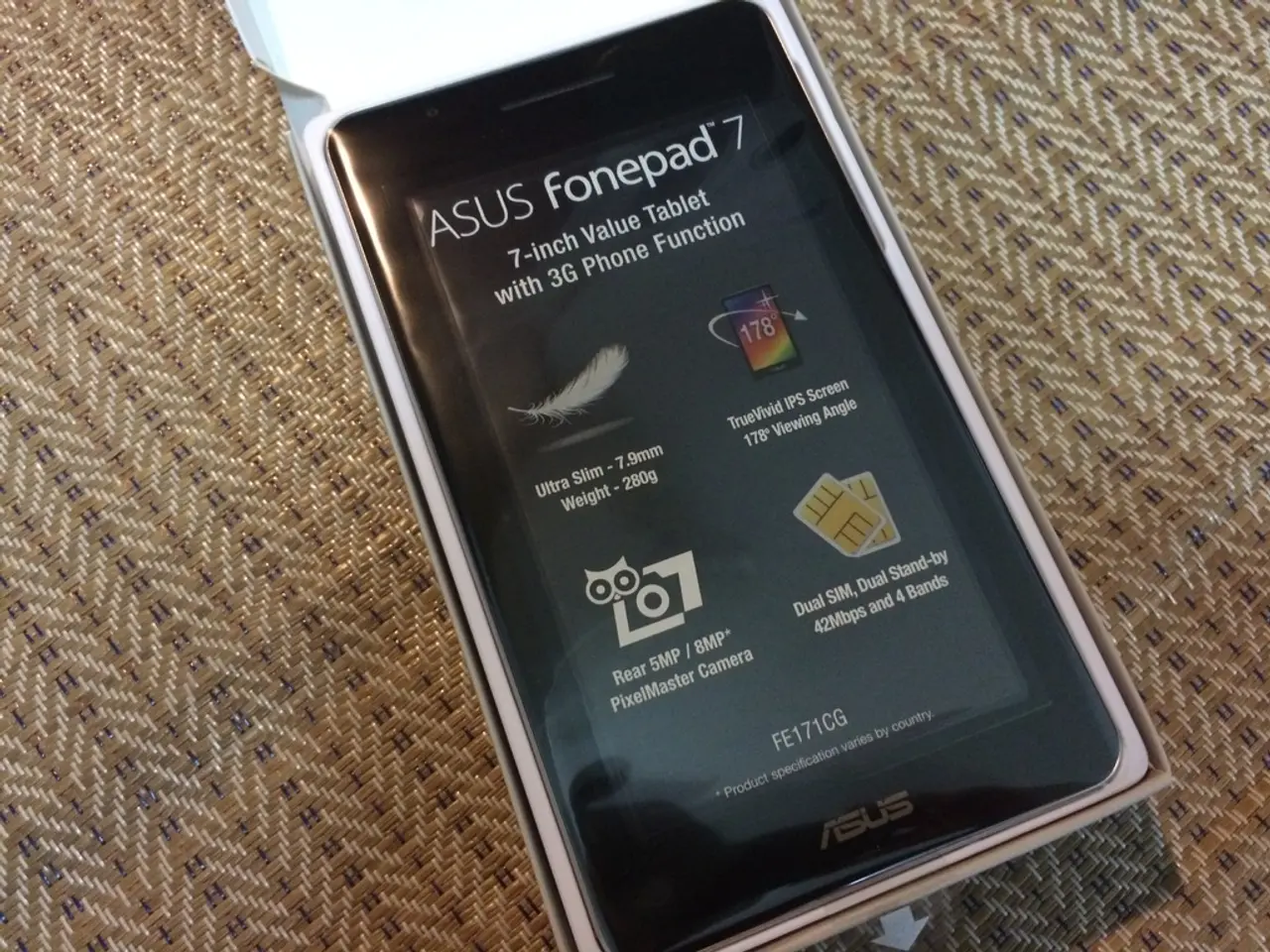Microsoft discontinues Windows 11 SE, the school-focused version of Windows for affordable computers
Microsoft's lightweight Windows OS for low-end PCs, Windows 11 SE, is being discontinued, leaving schools and users of low-end educational PCs in search of alternatives to maintain security, support, and performance.
First announced in 2021, Windows 11 SE was designed as a competitor to Chrome OS, specifically for low-end PCs in educational settings. However, the discontinuation of Windows 11 SE marks Microsoft's second failed attempt to compete in the low-end school PC market, following the cancellation of Windows 10X before it shipped to market.
Microsoft recommends transitioning to a device that supports another edition of Windows 11 to ensure continued support and security. The main alternatives are:
- Full Windows 11 Education or Pro editions: Schools can upgrade existing Windows 11 SE devices to full Windows 11 Education or Pro editions, which offer broader app compatibility and ongoing support, though potentially at higher hardware requirements and costs than Windows 11 SE.
- Chrome OS: The dominant alternative and the original market leader Windows 11 SE targeted is still Chrome OS. Chromebooks remain popular in education thanks to their simplicity, speed, affordability, and strong cloud integration, making them a practical replacement for low-end school laptops.
- Other lightweight Linux-based systems: While not stated directly, Linux distributions tailored for education or low-end hardware (e.g., Edubuntu, Endless OS) can also serve as alternatives in some school environments, offering open-source flexibility and low system requirements.
Windows 11 SE had unique features, such as the ability to pin stickers to the desktop wallpaper. However, it also had limitations such as reduced multitasking capabilities, a simplified user experience for kids, and was locked down to only run certified apps. Despite being marketed as a lightweight version of Windows for low-end hardware, Windows 11 SE struggled to perform well on such devices.
Microsoft's decision to discontinue Windows 11 SE means that there is currently no real Windows competitor to Chrome OS or iPadOS in the low-end school PC market. Chromebooks have thrived in recent years, particularly in schools, due to their optimization for low-end hardware. With many students growing up using these devices instead of Windows machines, the future of Windows in education remains uncertain.
It's important to note that Microsoft continues to ship Windows 11 Education, another edition of the OS designed for students and school use, which does not feature any artificial limitations like Windows 11 SE. However, Windows 11 Education costs significantly more compared to Windows 11 SE.
After October 2026, Microsoft will stop providing support for Windows 11 SE, including security updates and new features. This leaves a gap in the market for a lightweight, affordable Windows OS for low-end PCs. It remains to be seen whether Microsoft will address this gap in the future.
[1] https://www.theverge.com/2021/3/18/22332681/microsoft-surface-laptop-se-school-laptop-windows-11-se-release-date-price [2] https://www.microsoft.com/en-us/education/products/windows-11-se [3] https://www.microsoft.com/en-us/education/products/windows-11-se/faq [4] https://www.microsoft.com/en-us/education/products/windows-11-se/availability
- Microsoft's discontinuation of Windows 11 SE has left schools seeking alternatives for maintaining security and performance on low-end PCs, such as the Surface Laptop or Surface Pro.
- Schools transitioning from Windows 11 SE can consider upgrading to full Windows 11 Education or Pro editions, which offer broader app compatibility and ongoing support, despite potentially higher hardware requirements and costs.
- Another alternative for schools is Chrome OS, the market leader Windows 11 SE initially targeted, as Chromebooks continue to be popular due to their simplicity, affordability, and strong cloud integration.
- Other lightweight Linux-based systems, like Edubuntu or Endless OS, can also serve as alternatives in some school environments, offering open-source flexibility and low system requirements.
- Despite Windows 11 SE's unique features like sticker customization on the desktop wallpaper, it had limitations such as reduced multitasking capabilities and being locked down to only run certified apps.
- As Microsoft continues to ship Windows 11 Education, designed for students and school use, which does not feature artificial limitations like Windows 11 SE, it costs significantly more compared to Windows 11 SE.
- After October 2026, Microsoft will stop providing support for Windows 11 SE, including security updates and new features, leaving a gap in the market for a lightweight, affordable Windows OS for low-end PCs.
- With the future of Windows in education uncertain, it remains to be seen whetherMicrosoft will address this gap and provide an alternative for low-end school PCs. [Additional resources can be found at the following links: [1], [2], [3], [4]]




